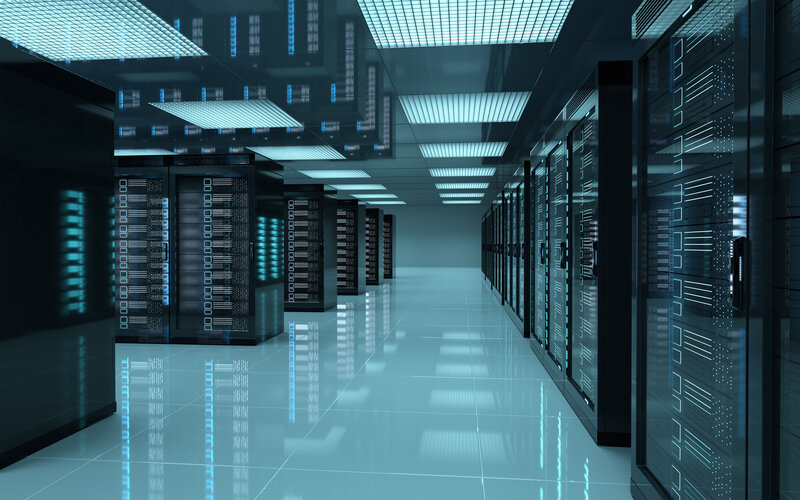With the development and progress of AI technology, deep learning has become an important way to solve complex problems. The completion of deep learning model requires a large amount of computing resources and storage space, and has high requirements on local hardware. Running deep learning on cloud servers can obtain the benefits of elastic expansion and on-demand payment. Therefore, cloud servers have become ideal tools for deep learning applications. What are the key technologies involved in deep learning on cloud servers?
Before you can practice deep learning, you should first choose a suitable cloud server. Need to consider: computing power, GPU is the key to accelerate deep learning, should be selected to configure high-performance GPU instances; Memory and storage, deep learning model training requires a large amount of memory and storage of intermediate data and model parameters, fast storage system can significantly improve the speed of data read and write; Network, if you are downloading data or uploading results from an external source, network is a key factor; Cost-effectiveness, the actual need to choose the right type and specifications, to avoid idle waste of resources, cost over the situation.
After the GPU server is selected, you can start to build a deep learning environment, including the following steps: Select an operating system, most deep learning frameworks can use linux; Install CUDA and cuDNN libraries. These libraries provide GPU programming interfaces and deep learning optimization algorithms to better use GPU acceleration; Deep learning framework installation, select the appropriate deep learning framework according to the needs, and install and configure; Configure the Python environment, install the Python interpreter and its dependency management tools, and install the necessary Python libraries.

Using cloud servers for deep learning also requires some optimization. Including data preprocessing, reasonable data processing can improve the training speed, such as increasing the diversity of training samples through data enhancement technology, or using caching mechanism to reduce data loading time; By adjusting the model structure, hyperparameters or regularization techniques, the overfitting of the model is reduced and the generalization ability is improved. Distributed thunder, large-scale data sets or complex models can be adopted to accelerate the training process through distributed training strategy and parallel computing with multiple cloud servers. Resource monitoring and adjustment: Monitors the usage of cpus, Gpus, and memory resources in real time and dynamically adjusts resources.
After deep learning model training is completed, deployment to the actual application steps: to convert the trained model into a format suitable for deployment, carry out necessary optimization to improve the speed; Select the right deployment platform as needed, such as machine learning services from cloud service providers, edge computing devices, etc. Integrate the optimized model into the application, and conduct comprehensive testing to ensure stability and accuracy; The deep learning model is regularly maintained and updated to adapt to new requirements and environmental changes.
Cloud servers have powerful computing capabilities and flexible resource allocation methods, and deep learning application cloud servers have a broader space. Mastering the method of completing deep learning time on the cloud server can significantly reduce costs and increase efficiency, and provide support for the digital transformation of enterprises. By building a deep learning environment, optimizing the training process and rationally deploying models, deep learning technology can be better applied to solve practical problems and promote the wide application and development of AI technology.

 EN
EN
 CN
CN









